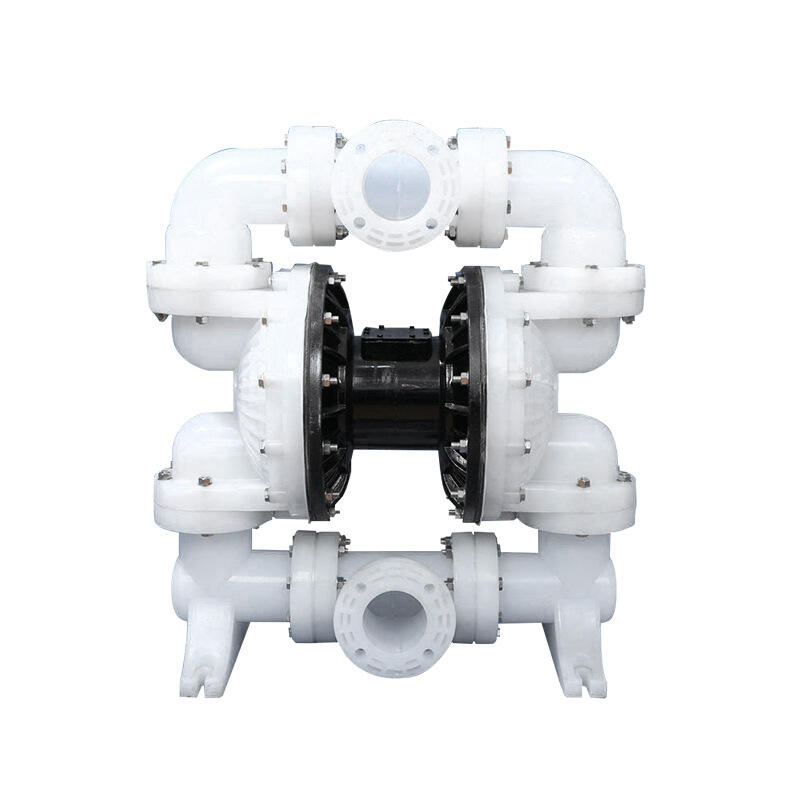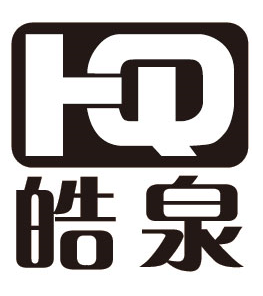Mastering Industrial Pump Maintenance for Peak Performance
The reliable operation of pneumatic diaphragm pumps stands as a cornerstone of efficient industrial processes. These versatile pumping solutions play a crucial role across diverse industries, from chemical processing to wastewater treatment. Understanding proper maintenance techniques ensures optimal performance, extended equipment life, and minimized downtime. This comprehensive guide explores essential maintenance practices that every facility manager and maintenance technician should implement.
Understanding Pneumatic Diaphragm Pump Components
Critical Internal Components
At the heart of every pneumatic diaphragm pump lies its essential components that require regular attention. The diaphragm itself serves as the primary pumping mechanism, flexing back and forth to create the necessary fluid movement. Air distribution systems, including the air valve assembly, control this movement while check valves regulate fluid flow direction. Understanding these components' functions is crucial for effective maintenance planning and troubleshooting.
The pump housing, typically constructed from materials like polypropylene, stainless steel, or PVDF, protects these internal components while maintaining fluid containment. Regular inspection of these materials ensures structural integrity and prevents potential chemical compatibility issues that could lead to premature failure.
External System Elements
Beyond the core pump assembly, external components play vital roles in overall system performance. Air supply lines, filtration systems, and connection points require consistent monitoring and maintenance. The compressed air system's quality directly impacts pump efficiency and longevity, making proper air preparation essential.
Monitoring instruments and control systems, while not part of the pneumatic diaphragm pump itself, contribute significantly to operational reliability. Regular calibration and maintenance of these supporting systems ensure accurate performance monitoring and early problem detection.
Preventive Maintenance Strategies
Daily Inspection Protocols
Implementing robust daily inspection routines forms the foundation of effective pneumatic diaphragm pump maintenance. Operators should monitor operating pressures, flow rates, and unusual noise or vibration patterns. Visual inspections for leaks, wearing components, or loose connections can prevent minor issues from escalating into major failures.
Documentation of these daily observations proves invaluable for tracking performance trends and predicting maintenance needs. Establishing baseline performance metrics enables quick identification of deviating parameters that might indicate developing problems.
Scheduled Maintenance Tasks
Regular maintenance intervals should include more comprehensive inspections and preventive actions. Diaphragm replacement, typically recommended every 6-12 months depending on operating conditions, prevents catastrophic failures and unplanned downtime. Check valve cleaning and inspection ensure proper sealing and efficient operation.
Air system maintenance, including filter cleaning or replacement and lubricator service, maintains optimal pneumatic performance. Scheduling these tasks during planned downtime minimizes production impact while maximizing equipment reliability.

Advanced Maintenance Techniques
Condition Monitoring Systems
Modern pneumatic diaphragm pump maintenance benefits from advanced monitoring technologies. Vibration analysis, thermal imaging, and pressure monitoring systems provide real-time insights into equipment health. These tools enable predictive maintenance strategies, allowing maintenance teams to address potential issues before failure occurs.
Integration of digital monitoring systems with maintenance management software streamlines data collection and analysis. This technological approach enhances maintenance efficiency while reducing reliance on reactive maintenance practices.
Optimization Procedures
Regular performance optimization extends beyond basic maintenance tasks. Flow rate adjustments, air pressure optimization, and system efficiency analysis ensure optimal pump operation. Careful attention to operating parameters maximizes both performance and energy efficiency.
Implementation of efficiency-focused maintenance procedures often reveals opportunities for system improvements. Whether through component upgrades or operating parameter adjustments, these optimizations can significantly impact operational costs and reliability.
Troubleshooting and Problem Resolution
Common Issues Analysis
Understanding typical pneumatic diaphragm pump problems enables faster resolution when issues arise. Common challenges include irregular cycling, reduced flow rates, or excessive air consumption. Systematic troubleshooting approaches help identify root causes quickly and accurately.
Maintenance teams should develop standardized troubleshooting procedures for recurring issues. This structured approach reduces downtime and ensures consistent problem resolution across different maintenance personnel.
Emergency Response Procedures
Despite preventive measures, emergency situations may still occur. Establishing clear response protocols ensures quick, effective action when problems arise. Maintaining critical spare parts inventory and documenting emergency procedures prepares teams for rapid response.
Regular training on emergency procedures keeps maintenance teams prepared for unexpected situations. This preparation, combined with readily available repair resources, minimizes the impact of emergency maintenance events.
Frequently Asked Questions
How often should diaphragms be replaced in a pneumatic diaphragm pump?
Diaphragm replacement intervals typically range from 6 to 12 months, depending on operating conditions, fluid properties, and duty cycle. Heavy usage or aggressive media may require more frequent replacement. Regular inspection can help determine optimal replacement timing for specific applications.
What causes irregular cycling in pneumatic diaphragm pumps?
Irregular cycling often results from air system issues, worn check valves, or damaged diaphragms. Insufficient air supply, clogged air filters, or failing air valve components can also contribute to cycling problems. Systematic troubleshooting of these components usually reveals the root cause.
How can pump efficiency be maximized through maintenance?
Maximizing pump efficiency requires regular cleaning of check valves, optimal air pressure settings, proper lubrication, and timely component replacement. Regular monitoring of operating parameters, combined with scheduled maintenance tasks, ensures peak performance while minimizing energy consumption and wear.

